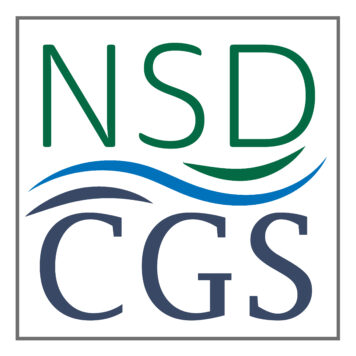Abstract: All cities face complex challenges managing urban stormwater while also protecting urban water bodies. Green stormwater infrastructure and process-based restoration offer alternative strategies that prioritize watershed connectivity. We report on a new urban floodplain restoration technique being tested in the City of Seattle, USA: an engineered hyporheic zone. The hyporheic zone has long been an overlooked component in floodplain restoration. Yet this subsurface area offers enormous potential for stormwater amelioration and is a critical component of healthy streams. From 2014 to 2017, we measured hyporheic temperature, nutrients, and microbial and invertebrate communities at three paired stream reaches with and without hyporheic restoration. At two of the three pairs, water temperature was significantly lower at the restored reach, while dissolved organic carbon and microbial metabolism were higher. Hyporheic invertebrate density and taxa richness were significantly higher across all three restored reaches. These are some of the first quantified responses of hyporheic biological communities to restoration. Our results complement earlier reports of enhanced hydrologic and chemical functioning of the engineered hyporheic zone. Together, this research demonstrates that incorporation of hyporheic design elements in floodplain restoration can enhance temperature moderation, habitat diversity, contaminant filtration, and the biological health of urban streams.

